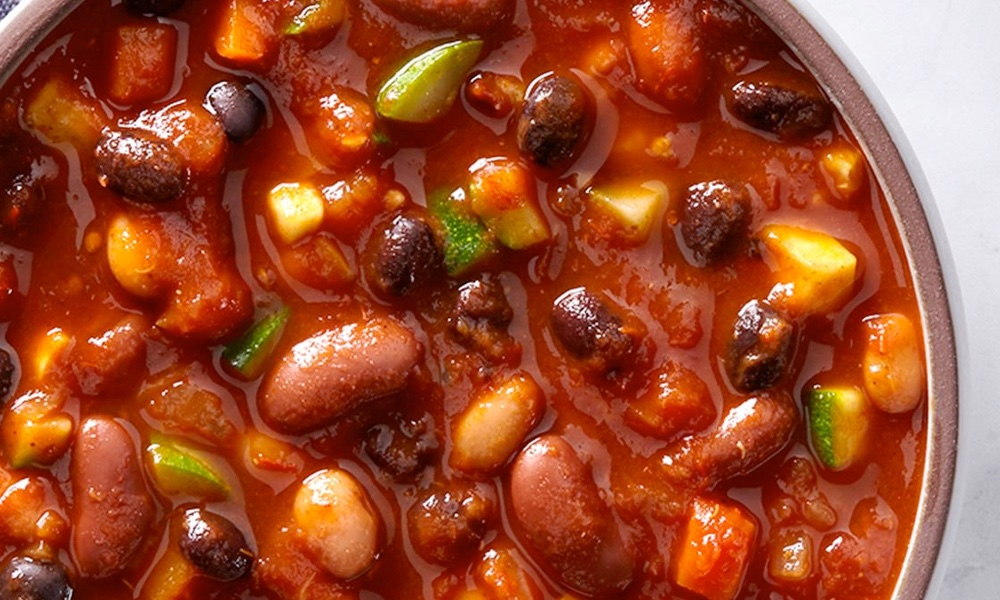It’s a silly kid’s song, but the message is so true:
Beans, beans, they're good for your heart. The more you eat, the more you fart. The more you fart, the better you feel. So eat your beans with every meal.
Beans are an inexpensive, nutritious and tasty food that should be a pantry staple. Having a few cans of prepared beans, as well as bags of dried legumes, means you always have a healthy meal on hand.
A new study confirms what many studies before have found: eating more beans reduces your risk of heart disease, high blood pressure, stroke and other heart-related ailments.
Cardiovascular disease (CVD) is the leading cause of death in the United States. A heart attack or stroke occurs nearly every 40 seconds, and the yearly cost of CVD in the U.S. exceeds $351 billion, or about $1 billion a day. Eating beans and other legumes more often could help change this story. It may sound too simple to believe, but that’s what all the evidence shows.Beans and legumes are low on the glycemic index, which makes them ideal for people with diabetes.
All beans are legumes, but legumes aren’t necessarily beans. Legumes are plants that bear fruit that grows in pods, so they include beans, lentils, peas and peanuts. Beans are the seed from different varieties of plants — think green beans.
When researchers at Saint Michael's Hospital in Ontario, Canada looked back at studies on the relationship between eating beans, lentils, peas and other legumes and the risk of developing cardiovascular diseases and markers of heart disease, they found that people who ate the most beans and legumes had as much as a 10 percent lower risk of developing these diseases compared to the people who ate the least amount of beans.
The Dietary Guidelines for Americans recommend eating three cups of beans or legumes a week, yet Americans eat less than a cup a week. And the beans Americans report eating most often are refried beans, not necessarily the healthiest way since they are often fried in lard.
“Simply adding more beans to our plates could be a powerful tool in fighting heart disease and bringing down blood pressure,” said study co-author, Hana Kahleova, in a statement.A pound of dry beans can cost a dollar or two and will yield about 12 half-cup servings. The cost roughly doubles if you choose the convenience of canned beans.
So how can you put more beans and legumes on your plate? With so many kinds to choose from — red, black or white beans, navy beans, lima beans, pinto beans, lentils, chickpeas, mung beans, adzuki beans, black-eye peas, split peas — and so many ways to use them, it should be easy to make something you will enjoy.
In addition to all their health benefits, beans and legumes are easy on the budget. A pound of dry beans can cost a dollar or two and will yield about 12 half-cup servings. For the convenience of canned beans, the cost approximately doubles. Either way, it’s easy to add more beans to your plate.
The study was published in Advances in Nutrition.





